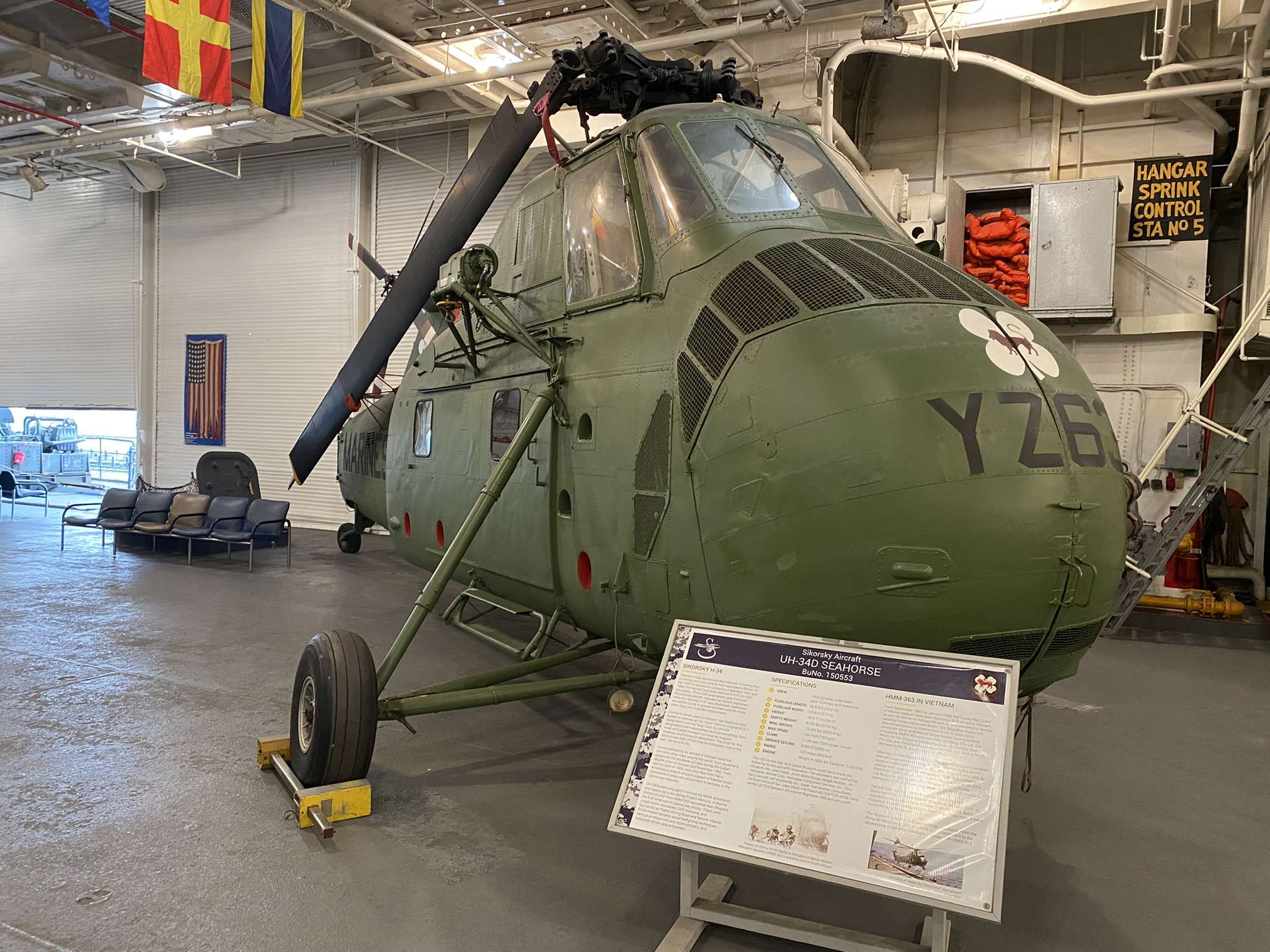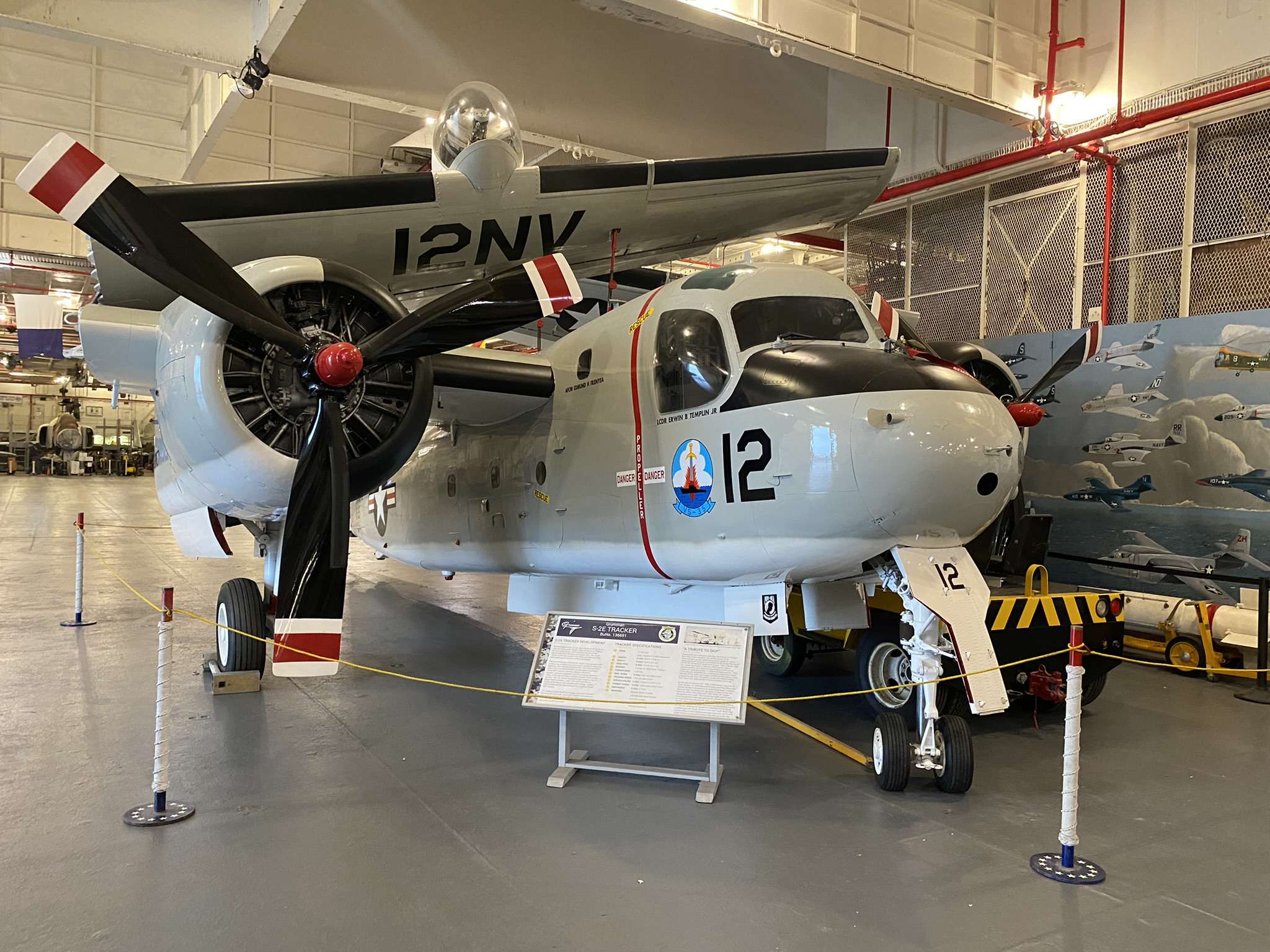Supersonic, twin-engine, variable sweep wing, strike fighter.
Adopted by:
- William Bennett
- Marvin Asato
- Allen Bettendorf
- Tanisha S McMahan
- Mathias G Lallas
History
The F-14A is the latest in a long tradition of Grumman fighters built for the U.S. Navy. It is a supersonic, twin-engine, variable sweep wing, two-place strike fighter. The Tomcat’s primary missions are air superiority, fleet air defense and precision strike against ground targets. With its twin, afterburning turbofan engines producing over 40,000 pounds of thrust, the F-14 can attain speeds greater than Mach 2.
In February 1969, the Navy selected Grumman to design this successor to the F-4 Phantom. From 1969 through 1992, a total of 710 were built: 637 for the U.S. Navy and 79 for Iran.
F-14’s were retired from the U.S. Navy’s active fleet on 22 September 2006.
Active Duty Life
The F-14 on display (BuNo 162689) was built in 1986 and served with several squadrons: VF-14, VF-41 and VF-101. During Desert Storm, as a part of VF-41, it lead the first strike against Iraq from the USS Theodore Roosevelt (CVN 71). In April 2002, 162689 was retired and delivered to the USS Hornet Museum from VF-101.
Specifications
Span (swept): 38 ft 2 in
Span (unswept): 64 ft 2 in
Length: 61 ft 11 in
Height: 16 ft 0 in
Weight (empty): 38,000 lb
Weight (Loaded): 72,000 lb
Max Fuel (internal): 16,200 lb
Armament
- (6) AIM-54 Phoenix missiles
- (6) AIM-7 Sparrow missiles
- (4) AIM-9 Sidewinder missiles
- (1) M61-A1 Vulcan 20 mm cannon
Various combinations of bombs
Propulsion: Pratt & Whitney TF 30-P-412
Maximum thrust: 14,560 lb; 25,100 lb with afterburning
Crew: 2-pilot and radar intercept officer (RIO)
Cost: $38,000,000
Bureau Number: 162689
Performance
Maximum speed**: Mach 2+
Cruising speed: 400-550 kt
Approach speed: 120 kt
Min field T.O. distance: 1,000 ft
Min field landing distance: 2,000 ft
Range: 1,600 nm
Service Ceiling: 50,000+ ft
**(Mach one = approx. 761 mph @ sea level)



